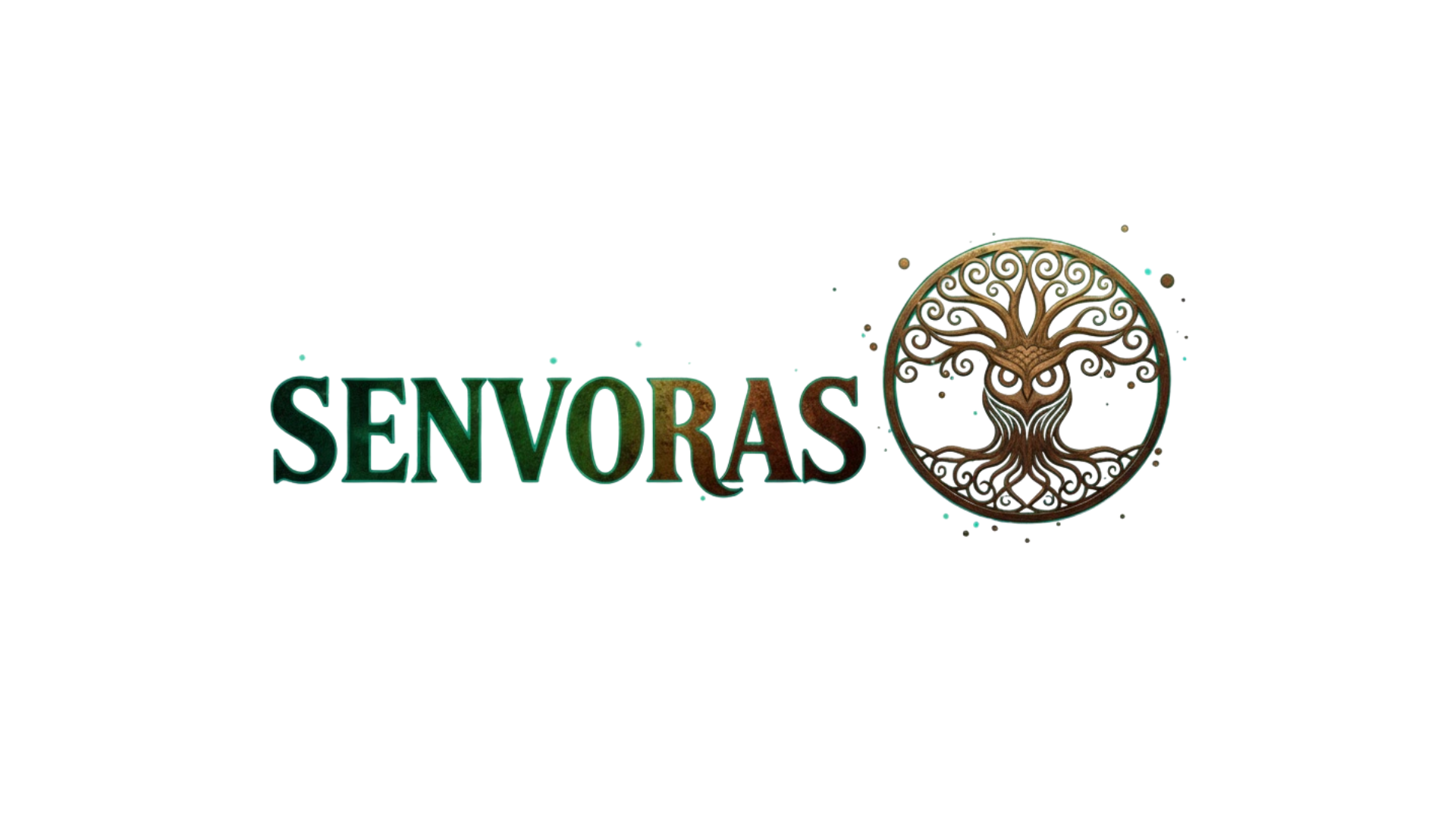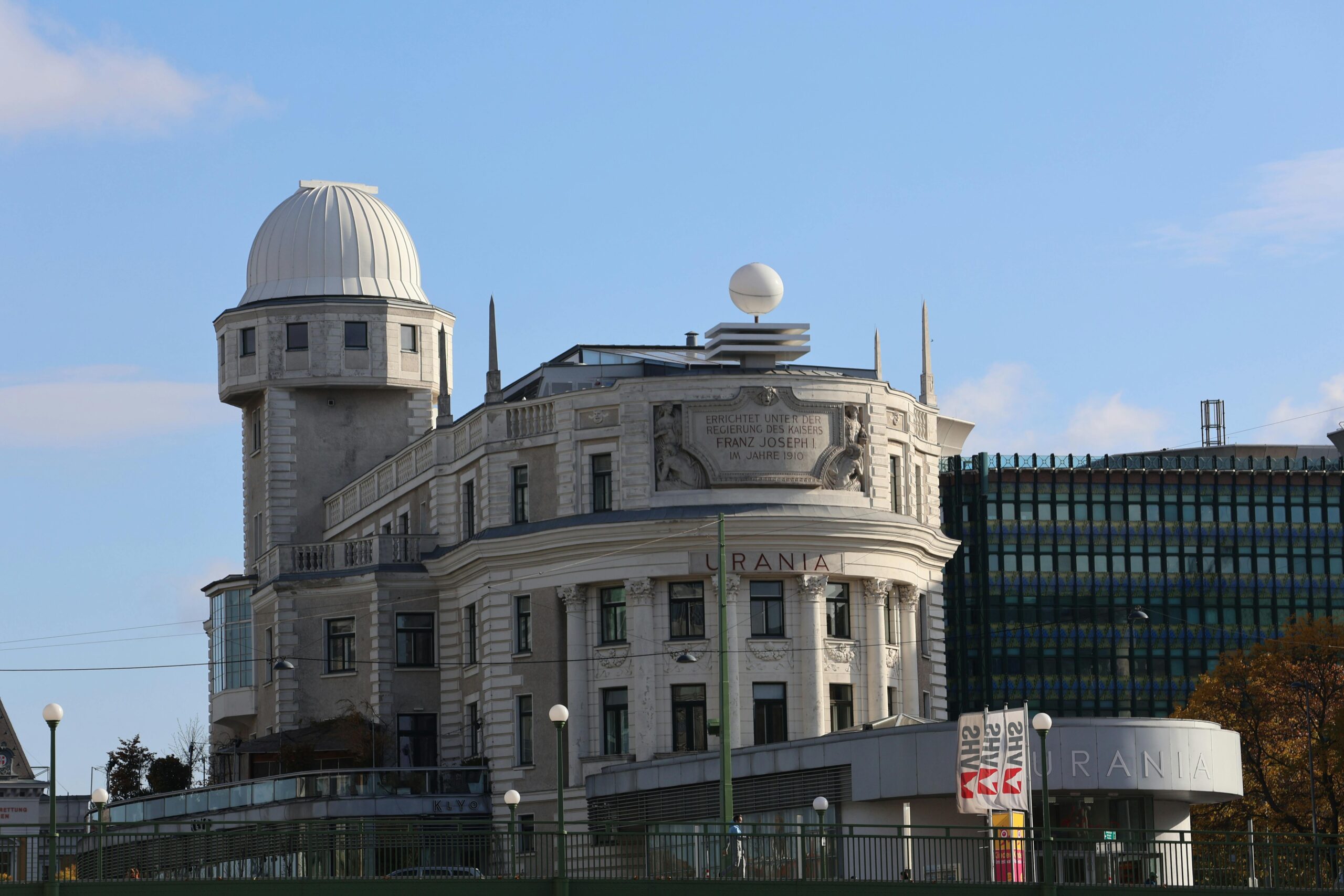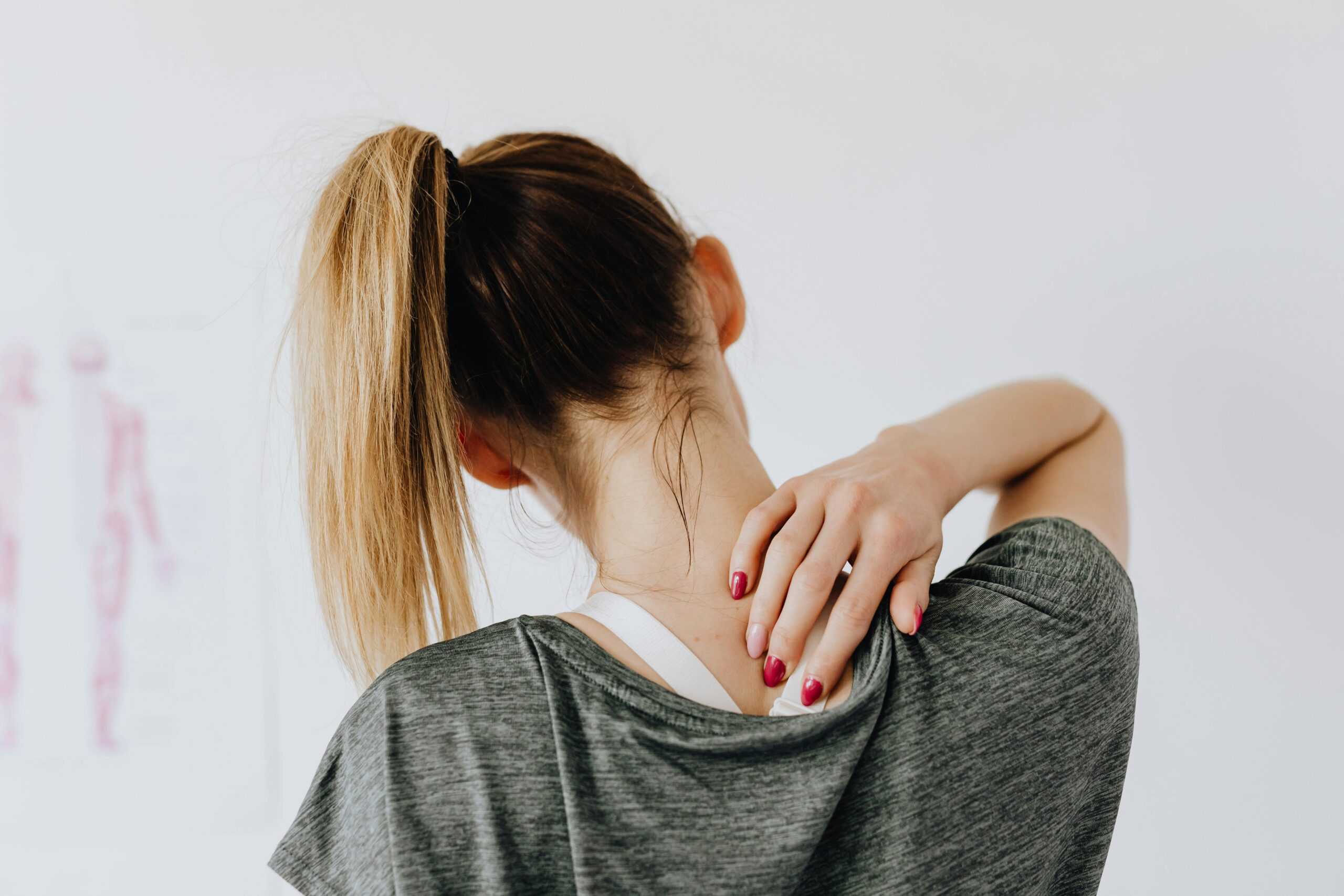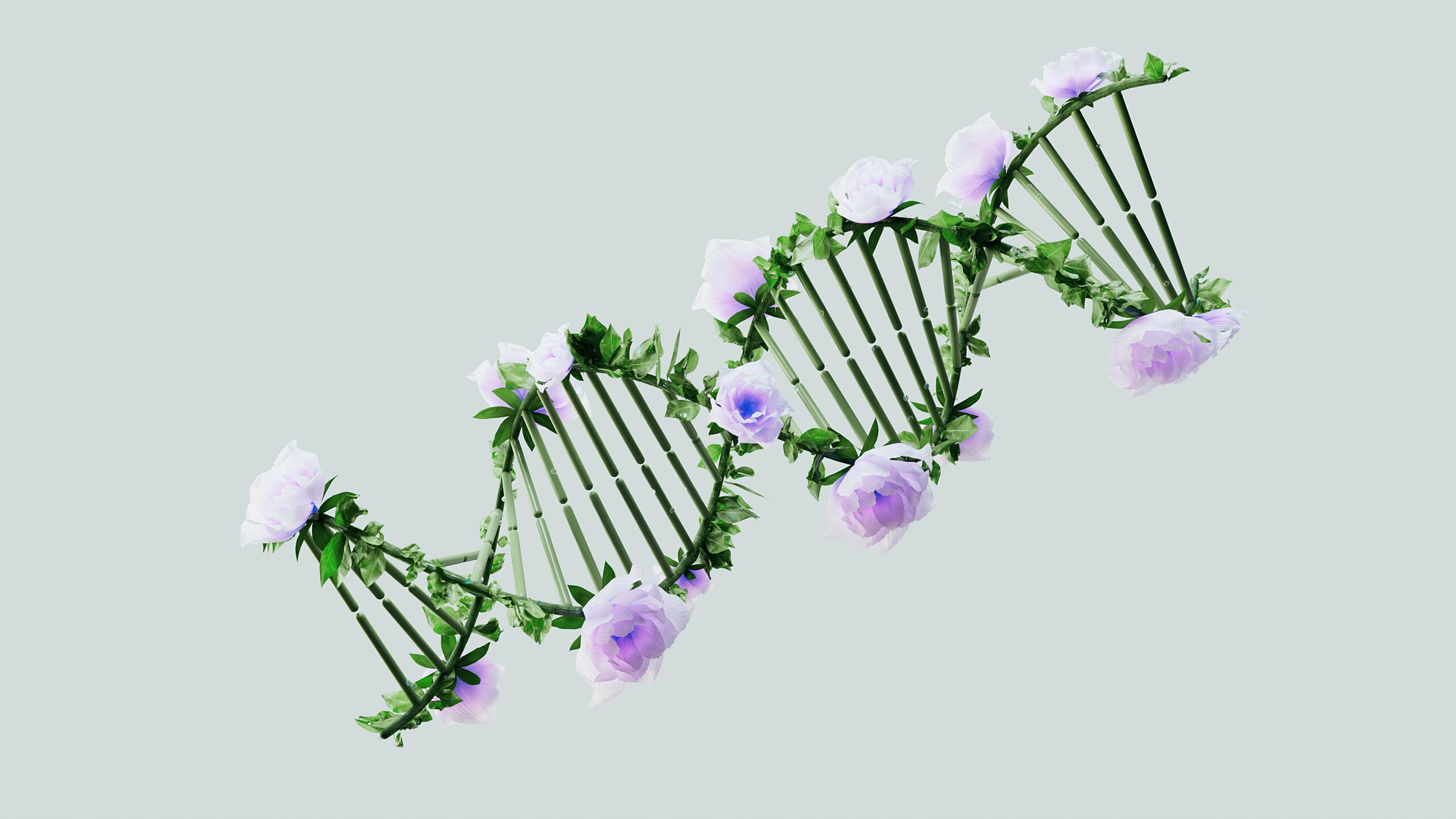The secret to aging gracefully might be hiding in your sneakers. Recent scientific breakthroughs reveal that physical activity doesn’t just tone muscles—it fundamentally alters your DNA’s biological clock.
🧬 The Science Behind Your Cellular Age
While your chronological age counts the years you’ve been alive, your biological age tells a different story. This cellular timeline reflects how well your body functions at the molecular level, and exercise plays a starring role in keeping this clock running slow. Scientists have discovered that regular physical activity creates profound changes in our DNA structure, particularly in regions that control how quickly we age.
At the heart of this discovery lies telomeres—protective caps at the ends of our chromosomes that function like the plastic tips on shoelaces. Every time a cell divides, these telomeres shorten slightly. When they become too short, cells stop dividing and enter a state called senescence, contributing to aging and age-related diseases. The groundbreaking news? Exercise can influence telomere length and the enzyme that maintains them, called telomerase.
💪 How Movement Rewrites Your Genetic Story
Exercise doesn’t change the DNA sequence you inherited from your parents, but it dramatically influences how those genes express themselves—a field called epigenetics. When you engage in physical activity, your body adds or removes chemical tags from DNA strands, effectively turning genes on or off without altering the underlying code.
These epigenetic modifications affect genes responsible for inflammation, metabolism, cellular repair, and stress response. A sedentary lifestyle tags genes associated with disease and accelerated aging as “active,” while regular exercise flips the script, activating protective genes and silencing harmful ones. This molecular switchboard operates constantly, responding to your lifestyle choices within hours of a workout.
The Mitochondrial Connection
Your cells contain powerhouses called mitochondria—organelles that generate energy and have their own DNA separate from nuclear DNA. Exercise stimulates mitochondrial biogenesis, the creation of new mitochondria, while simultaneously improving the quality of existing ones. This process is crucial because damaged mitochondria produce harmful reactive oxygen species that damage DNA and accelerate aging.
Studies show that high-intensity interval training and endurance exercise particularly excel at boosting mitochondrial health. Athletes in their 70s often display mitochondrial function comparable to sedentary individuals in their 30s, demonstrating exercise’s remarkable rejuvenating effects at the cellular level.
🏃♀️ The Telomere Transformation
Research published in major scientific journals has established a clear correlation between exercise habits and telomere length. Adults who engage in regular moderate to vigorous physical activity have telomeres that appear biologically younger—sometimes by as much as nine years—compared to sedentary counterparts of the same chronological age.
A landmark study examining over 5,800 adults found that those who performed high levels of physical activity had significantly longer telomeres than those who were sedentary or moderately active. The difference wasn’t marginal—it represented a cellular age difference of nearly a decade. This doesn’t mean casual exercise provides no benefits; moderate activity still showed protective effects compared to complete inactivity.
The Optimal Exercise Prescription for DNA Health
Not all exercise impacts telomeres equally. Research suggests certain patterns deliver maximum benefits:
- Consistency matters more than intensity: Regular moderate exercise throughout life shows better results than sporadic intense training
- Duration counts: Studies indicate at least 30-40 minutes of moderate activity daily provides measurable telomere protection
- Variety enhances benefits: Combining aerobic exercise with resistance training optimizes different cellular pathways
- Starting late still helps: Even beginning exercise programs in middle age produces positive telomere changes within months
🔬 DNA Methylation and Exercise
DNA methylation represents one of the most studied epigenetic modifications—a process where methyl groups attach to DNA, typically suppressing gene activity. Scientists have developed “epigenetic clocks” that measure methylation patterns across the genome to determine biological age with remarkable accuracy, often predicting disease risk better than chronological age.
Exercise consistently shows the ability to modify these methylation patterns in health-promoting directions. A systematic review of multiple studies found that regular physical activity alters methylation in genes associated with insulin sensitivity, inflammation, muscle function, and cardiovascular health. These changes don’t happen randomly—they cluster around pathways that enhance cellular resilience and longevity.
The Anti-Inflammatory Effect
Chronic low-grade inflammation—often called “inflammaging”—accelerates biological aging and increases disease risk. Exercise creates an anti-inflammatory environment partly through DNA methylation changes that downregulate pro-inflammatory genes while upregulating anti-inflammatory pathways. This molecular shift occurs within weeks of starting an exercise program and intensifies with continued training.
🧘♂️ Different Exercise Types, Different DNA Benefits
While all movement benefits cellular health, different exercise modalities activate distinct molecular pathways:
| Exercise Type | Primary DNA/Cellular Benefits | Recommended Frequency |
|---|---|---|
| Aerobic/Cardio | Telomere lengthening, mitochondrial biogenesis, improved DNA repair | 150+ minutes weekly |
| Resistance Training | Enhanced protein synthesis genes, muscle preservation, metabolic gene expression | 2-3 sessions weekly |
| High-Intensity Interval Training | Maximum mitochondrial benefits, cellular stress resistance, autophagy activation | 2-3 sessions weekly |
| Flexibility/Yoga | Stress response gene modulation, cortisol regulation, inflammatory pathway suppression | 2-7 sessions weekly |
⏰ When You Start Matters (But It’s Never Too Late)
The earlier you establish exercise habits, the more cumulative DNA protection you build. Children and young adults who maintain active lifestyles enter middle age with longer telomeres and healthier epigenetic profiles. This creates a biological reserve that provides protection during later decades.
However, the “use it or lose it” principle applies to cellular health. Former athletes who become sedentary lose their DNA advantages within years, while previously inactive individuals who adopt exercise programs gain measurable benefits within months. The plasticity of our epigenome means our DNA constantly responds to current lifestyle choices, regardless of past habits.
The Middle-Age Advantage
Starting exercise programs in middle age—between 40 and 60—offers unique opportunities. This life stage coincides with accelerating biological aging processes, making interventions particularly impactful. Studies show that previously sedentary middle-aged adults who begin regular exercise programs experience rapid improvements in epigenetic age markers, sometimes reversing biological age by several years within 6-12 months.
🍎 Exercise and DNA: The Lifestyle Symphony
Exercise doesn’t operate in isolation—it interacts synergistically with other lifestyle factors to influence DNA longevity. Nutrition, sleep, stress management, and social connections all leave epigenetic signatures that either amplify or diminish exercise benefits.
The Mediterranean diet combined with regular exercise produces greater telomere protection than either intervention alone. Quality sleep enables DNA repair processes that exercise stimulates. Chronic stress and poor sleep can counteract some exercise benefits by promoting inflammatory gene expression and telomere shortening. This interconnection emphasizes the importance of comprehensive healthy living rather than relying on exercise alone.
Tracking Your Biological Age
Commercial biological age tests have become increasingly available, allowing individuals to measure their cellular age through blood or saliva samples. These tests analyze methylation patterns or telomere length, providing concrete feedback on how lifestyle choices affect biological aging. While not necessary for everyone, they can motivate some individuals and help track intervention effectiveness.
🚀 Maximizing Your DNA Benefits from Exercise
To optimize exercise’s impact on DNA longevity, consider these evidence-based strategies:
- Prioritize consistency: Four 30-minute sessions weekly beats one two-hour weekend warrior session for cellular benefits
- Include intensity: Incorporate at least some vigorous activity or intervals to maximize mitochondrial and telomere effects
- Don’t neglect recovery: Rest days allow DNA repair processes to complete, preventing exercise from becoming a cellular stressor
- Stay hydrated: Dehydration impairs DNA repair mechanisms and increases oxidative stress
- Time protein intake: Consuming protein after resistance training optimizes gene expression for muscle maintenance
- Manage stress: Combine physical exercise with stress-reduction practices for maximum epigenetic benefits
- Sleep adequately: 7-9 hours nightly supports the DNA repair processes exercise initiates
🧪 The Future of Exercise and DNA Research
Scientific understanding of exercise’s molecular effects continues evolving rapidly. Researchers are identifying specific exercise intensities, durations, and types that optimize particular DNA pathways. Personalized exercise prescriptions based on individual genetic profiles are emerging, potentially allowing tailored programs that address each person’s unique cellular aging patterns.
Gene therapy and exercise research are also converging. Some studies explore whether exercise enhances gene therapy effectiveness, while others investigate compounds that mimic exercise’s DNA benefits for those unable to engage in physical activity due to disability or illness. These “exercise mimetics” remain far from replacing actual movement but may someday supplement it.
Epigenetic Inheritance
Perhaps the most intriguing frontier involves transgenerational epigenetic inheritance—the possibility that exercise’s DNA modifications might pass to children. Animal studies suggest that physical activity patterns can influence offspring’s metabolic health and disease resistance through epigenetic mechanisms. While human evidence remains preliminary, it raises fascinating questions about how our exercise habits might benefit not just ourselves but future generations.

🎯 Your DNA Destiny Is Not Fixed
The revolutionary insight from DNA and exercise research is that genetic destiny is far more flexible than previously believed. While you cannot change your inherited DNA sequence, you possess remarkable power to influence how those genes function through lifestyle choices, with exercise serving as one of the most potent tools available.
Every workout sends ripples through your cellular machinery, activating repair mechanisms, strengthening chromosomal integrity, improving mitochondrial function, and optimizing gene expression patterns. These changes accumulate over time, creating measurable differences in how rapidly you age at the molecular level. The fountain of youth isn’t a mythical spring—it’s the accumulation of daily choices to move your body.
Starting today, regardless of your age or fitness level, you can begin influencing your DNA toward longevity. The benefits manifest within weeks at the molecular level, though physical changes take longer to appear. Your genes are listening to every choice you make, responding with remarkable plasticity to the signals you send through movement, nutrition, sleep, and stress management.
The science is clear: exercise represents one of the most powerful interventions available for extending healthspan—the years you live in good health—by optimizing how your DNA ages. No pill or supplement currently available matches exercise’s comprehensive cellular benefits. Your telomeres, mitochondria, and epigenome stand ready to respond to the choice you make today: to move toward youth or drift toward accelerated aging.
The remarkable news emerging from laboratories worldwide confirms what our bodies have always known—we were designed to move, and when we honor that design, our DNA rewards us with extended vitality, resilience, and years of healthy living. The fountain of youth flows not from magical waters but from the simple, profound act of regular physical movement that rewrites your cellular story with every step, repetition, and breath. 🌟
Toni Santos is a longevity writer and regenerative medicine researcher dedicated to exploring how biology, technology, and ethics can extend healthspan. With a focus on cellular repair and anti-aging biotechnology, Toni examines how next-generation therapies translate lab breakthroughs into real-world vitality. Fascinated by stem cell science, telomere dynamics, and systems biology, Toni’s journey bridges research reviews, expert interviews, and clear public communication. Each article he shares aims to separate evidence from hype—helping readers understand what’s promising, what’s premature, and what truly supports long-term health. Blending molecular biology, clinical insight, and accessible storytelling, Toni investigates interventions that target the root drivers of aging. His work honors responsible innovation—prioritizing safety, transparency, and human wellbeing in the pursuit of extended healthspan. His work is a tribute to: Anti-aging biotechnology grounded in rigorous evidence Cellular rejuvenation pathways that restore function and resilience Stem cell and telomere research advancing ethical longevity care Whether you’re a clinician, researcher, or health enthusiast, Toni Santos invites you to explore the frontiers of regeneration—one discovery, one mechanism, one healthier year at a time.




